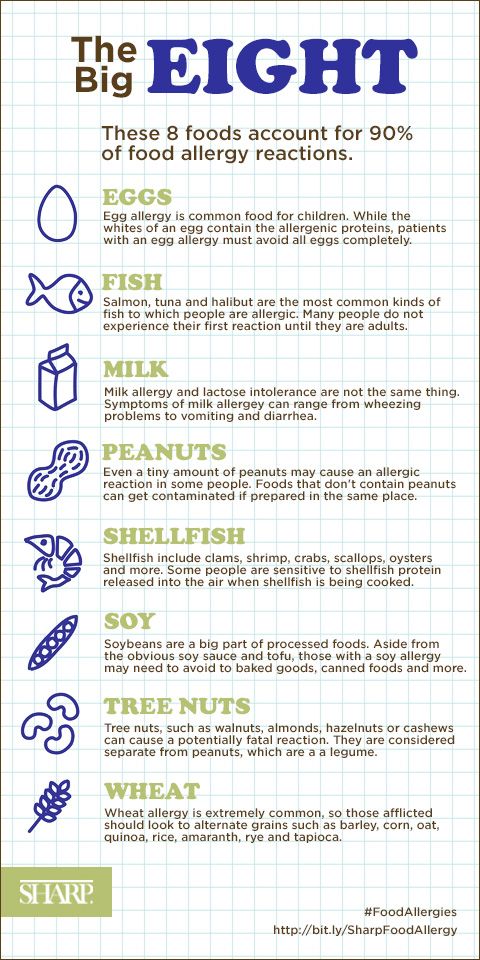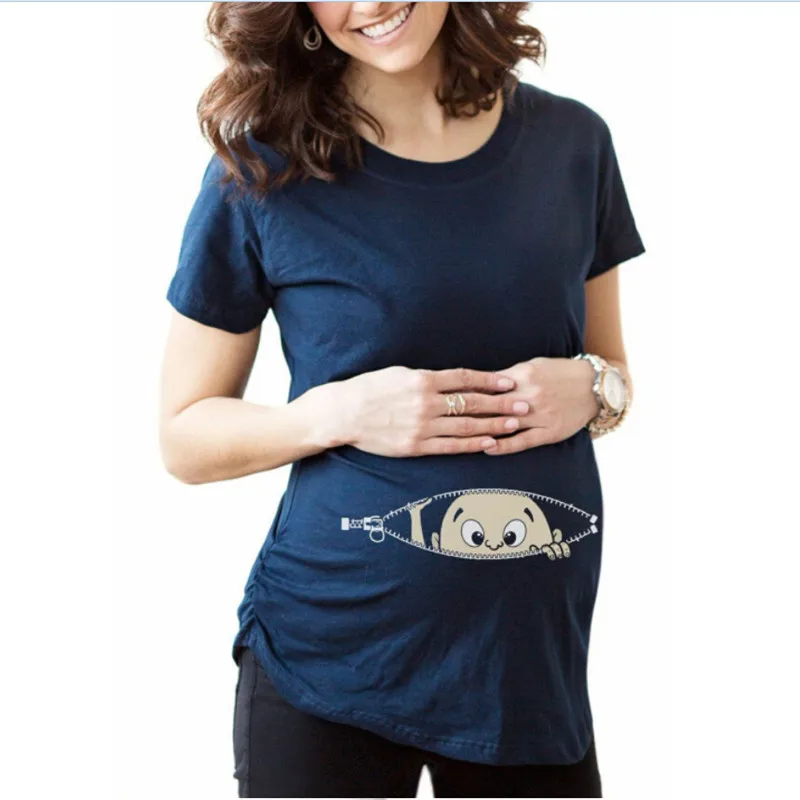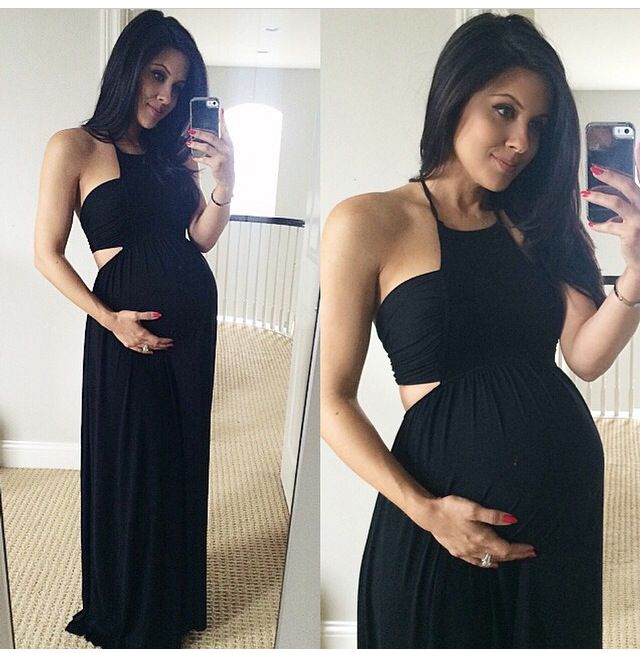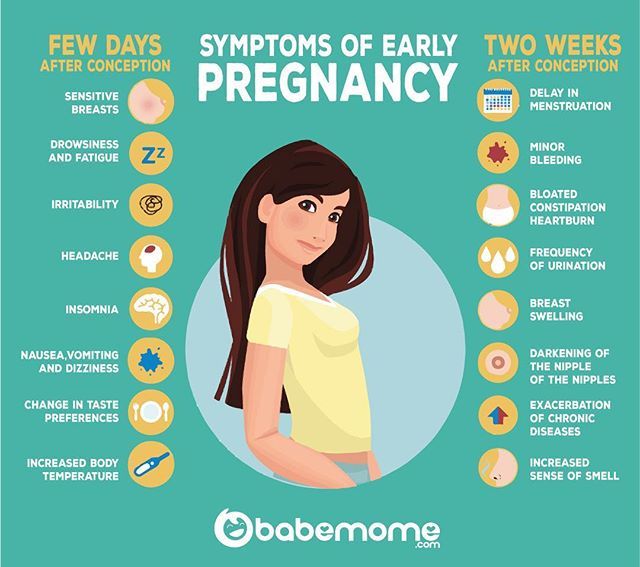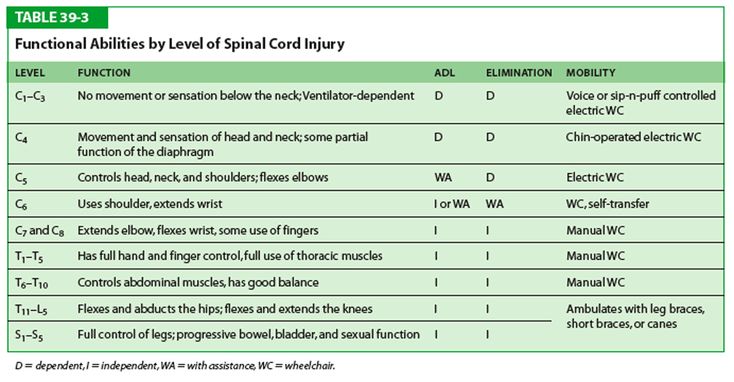First week baby development
Your newborn’s first week: what to expect
About your newborn’s first week of life
Newborns spend their first week of life adapting to their new environment.
The outside world is very different from the womb, where it’s dim, the temperature is constant, and noise is muffled. You can help your baby get used to the outside world by giving them warmth, love, security, attention – and lots of cuddles and smiles.
Your newborn’s appearance in the first week of life
Your newborn’s appearance will change over the first week.
If your newborn’s head is a bit cone shaped after journeying through the birth canal or because of a vacuum-assisted birth, it should round out to a more normal-looking shape.
Any swelling around your newborn’s face and eyes will go down within a few days. If your newborn’s face or head has been bruised – for example, after a forceps birth – the bruising will disappear. Newborns with bruising are at risk of newborn jaundice. Let your midwife, GP or child and family health nurse know if the skin on your newborn’s face looks yellow and you think it might be jaundice.
Your newborn’s umbilical cord will gradually dry, become black and then fall off, usually within the first 10 days. Try to keep the umbilical cord clean and dry. If the area around the umbilical cord looks red or is sticky, let your midwife, GP or child and family health nurse know.
Your newborn might have one or more birthmarks, either at birth or later on. Birthmarks are common and usually don’t need medical attention. But if your newborn’s birthmark concerns you or if it changes, it’s a good idea to have it checked by your GP or child and family health nurse.
Feeding and sleeping in the first week of life
Your newborn will sleep most of the time, waking up every few hours to feed. Newborns can’t ‘sleep through the night’. They have tiny tummies, so they need to wake and feed often.
Most newborns feed every 2-4 hours, and they have around 8-12 feeds every 24 hours.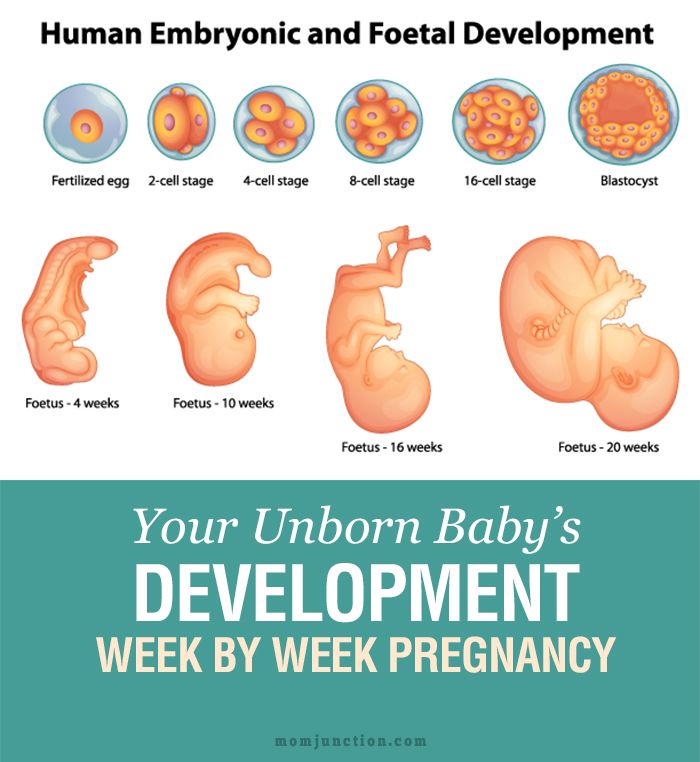 Sometimes feeds might last up to an hour, especially if your newborn is breastfeeding.
Sometimes feeds might last up to an hour, especially if your newborn is breastfeeding.
Newborns usually wake for feeds. But some might need to be woken for feeding – for example, newborns who have lost a lot of weight, are very small, or are jaundiced.
It’s likely to be a while before you see a pattern or routine of feeding and sleeping.
In the first few weeks, looking after yourself is important. This means eating well and doing some physical activity, and also resting when your baby sleeps, which will help you catch up on sleep. Getting help from family and friends can make a big difference too.
Development in the first week of life
Your newborn is learning a lot as you spend time together every day. Their brain is growing and developing as they see, hear, smell and touch the world around them.
Your newborn will close their hands involuntarily in the grasp reflex and will startle at sudden loud noises. They’re also likely to have sudden jerky movements while asleep.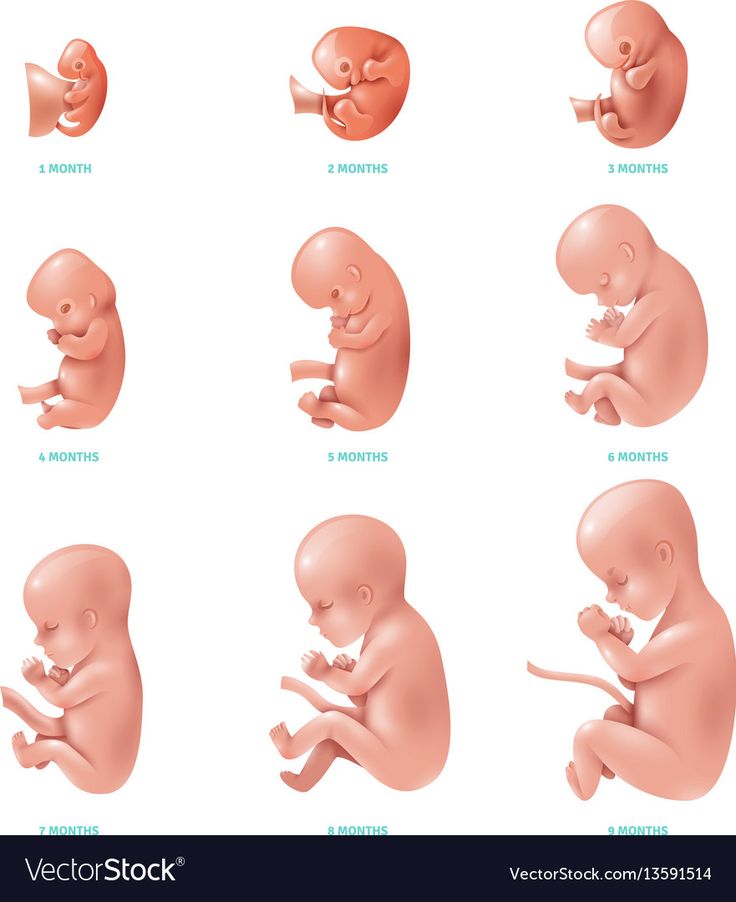
Bonding and communicating in the first week of life
You can communicate with your newborn using your voice, touch, sight and smell. Gentle touch, cuddling, smiling and gazing communicates important information about your newborn’s place in the world, and helps your newborn feel safe and secure with you.
During this first week, you’ll also start getting to know how your baby communicates with you using baby cues and body language.
Bonding and attachment are about always responding to your newborn’s needs with love, warmth and care. And bonding and attachment are vital to all areas of your child’s development, including brain development.
Common health concerns in the first week of life
Weight loss
It’s normal for newborns to lose weight during the first five days after birth. This happens as they lose excess fluid. This weight loss shouldn’t be more than 10% of their birth weight. Most newborns regain their birth weight after 1-2 weeks.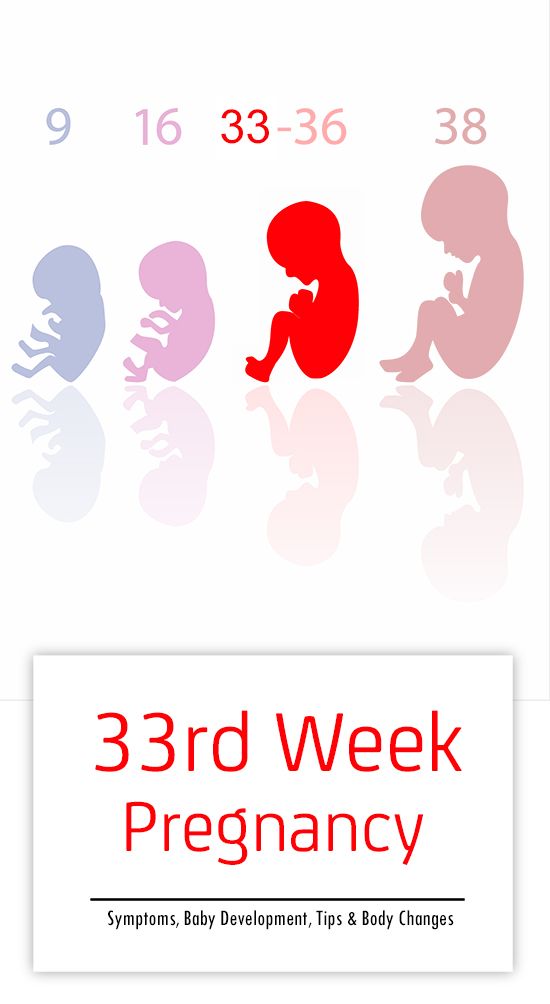 If your newborn has lost too much weight, they might have to be readmitted to hospital until they’re feeding well and gaining weight each day.
If your newborn has lost too much weight, they might have to be readmitted to hospital until they’re feeding well and gaining weight each day.
Sticky eye
It’s common for newborns to develop sticky or discharging eyes during the first few weeks of life. The most common cause is blocked tear ducts. This issue usually gets better by itself, but gentle eye cleansing and massage will also help. It’s best to have your GP or child and family health nurse check your newborn’s eyes if they’re red and sticky.
Rashes
Newborns can develop all sorts of rashes, which usually aren’t serious. But if your newborn has a rash, it’s best to have your GP or child and family health nurse check it out. Common rashes include cradle cap, nappy rash, heat rash , eczema, milia and dry skin.
When to seek medical help
If something doesn’t seem right and you’re worried about your newborn, seek medical help. Contact the midwives at the unit where your baby was born, your GP or your child and family health nurse.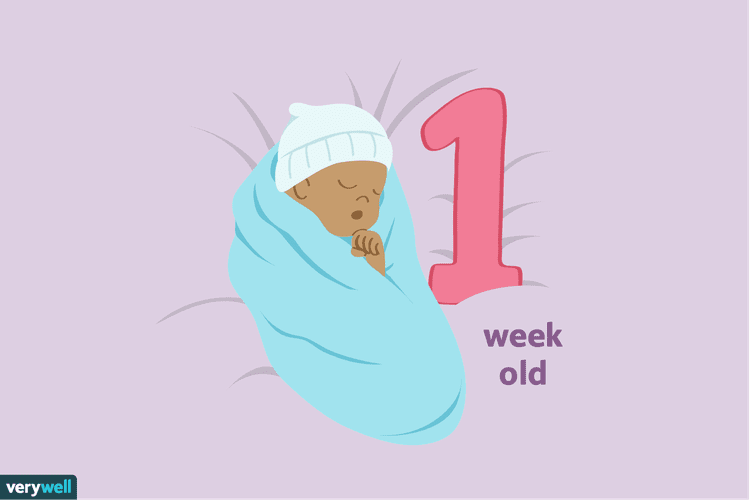
Seek medical help as soon as possible if your newborn:
- isn’t feeding – for example, your newborn is taking half the normal volume or number of feeds in a 24-hour period or vomits more than half of three feeds in a row
- has fewer than 6-8 wet nappies per day
- seems irritable, lethargic or very tired all the time or is hard to wake for feeds
- has pale or yellow skin.
Crying in the first week of life
Newborns might cry because they:
- are hungry
- have a wet or dirty nappy
- feel too hot or too cold
- want you close for reassurance.
If your newborn is crying, you can try feeding, changing their nappy, cuddling or rocking, speaking or singing in a soothing voice, or giving them a warm relaxing bath.
And if your newborn is crying a lot, remember that it’s normal for newborns to cry. Comforting your newborn will help them feel safe and secure.
When to seek help for crying
If you think your newborn is crying too much or you’re having trouble coping, speak to your GP or child and family health nurse as soon as you can.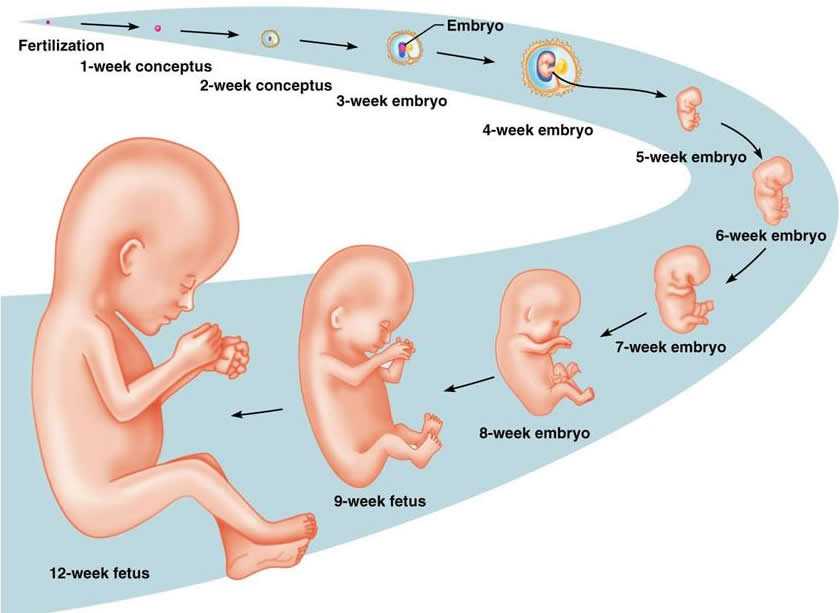
In particular, seek medical help if your newborn:
- has a high-pitched cry (like a cat’s)
- seems to have a weak cry or is moaning
- is crying for long periods of time.
Crying is a newborn’s main way of telling you what they need. You might like to print out our illustrated guide to settling a crying baby, and stick it up somewhere handy.
After the first week: baby health check-ups
Your nearest early childhood centre provides free check-ups for your baby, usually at two, four and eight weeks after birth.
When you go for your baby’s check-ups, it’s a good time to ask questions about anything, from rashes to vomiting to crying. You could write a list of questions before the check-ups so you don’t forget to ask the nurse anything you want to know.
1-Week-Old Baby Milestones – Happiest Baby
By Dr. Harvey Karp, MD, FAAP
One week! Can you believe it? The past seven days have probably felt both like a complete blur and like the most memorable of your life.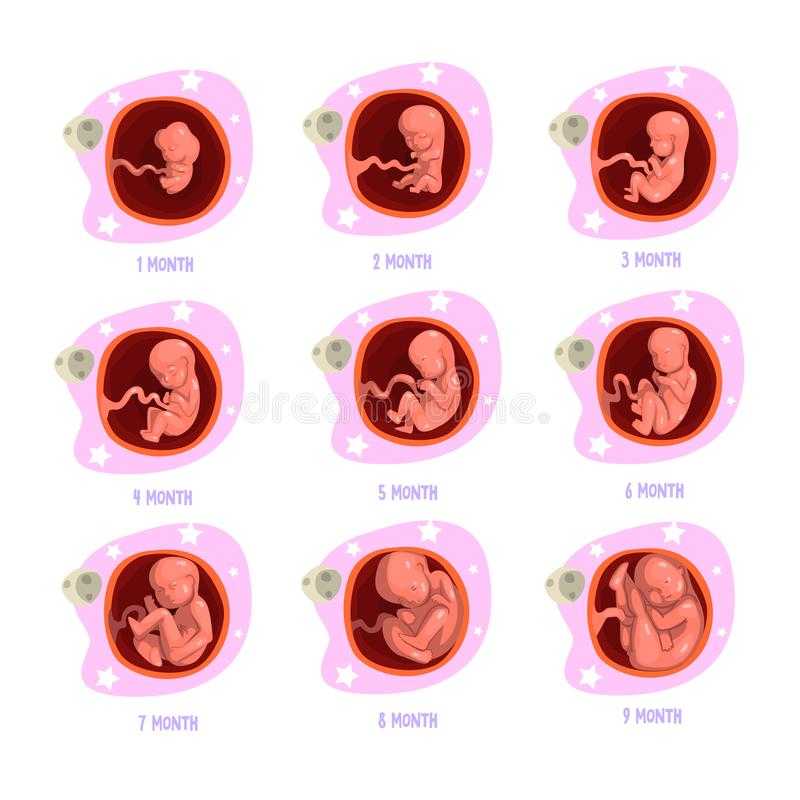 Funny how sleep deprivation works!
Funny how sleep deprivation works!
Welcome to the 4th Trimester
Though your baby may be little, they are also mighty! For example, I’m sure you already appreciate that unbelievable demonstration of lung power when your baby is really upset.
On the other hand, in many ways babies are quite fragile. Unlike animals that are ready to run at birth, human newborns are a bit more, well, infantile. There’s a simple reason for that: Our superpower as humans are our super-smart brains. But, in order to fit those noggins through the birth canal, we have to pop out of the oven before we’re fully baked…well before we can run—or even hold up our heads without assistance.
No wonder smart parents think of the first 3 to 4 months of their child’s life as the last part of pregnancy: the 4th trimester. That’s exactly why we hold, rock, shush, and carry babies for hours a day. From our point of view, that may seem like a lot of time, but from your baby’s POV, it’s a bit of a rip-off—a huge drop from the 24/7 holding and rocking they enjoyed in the womb.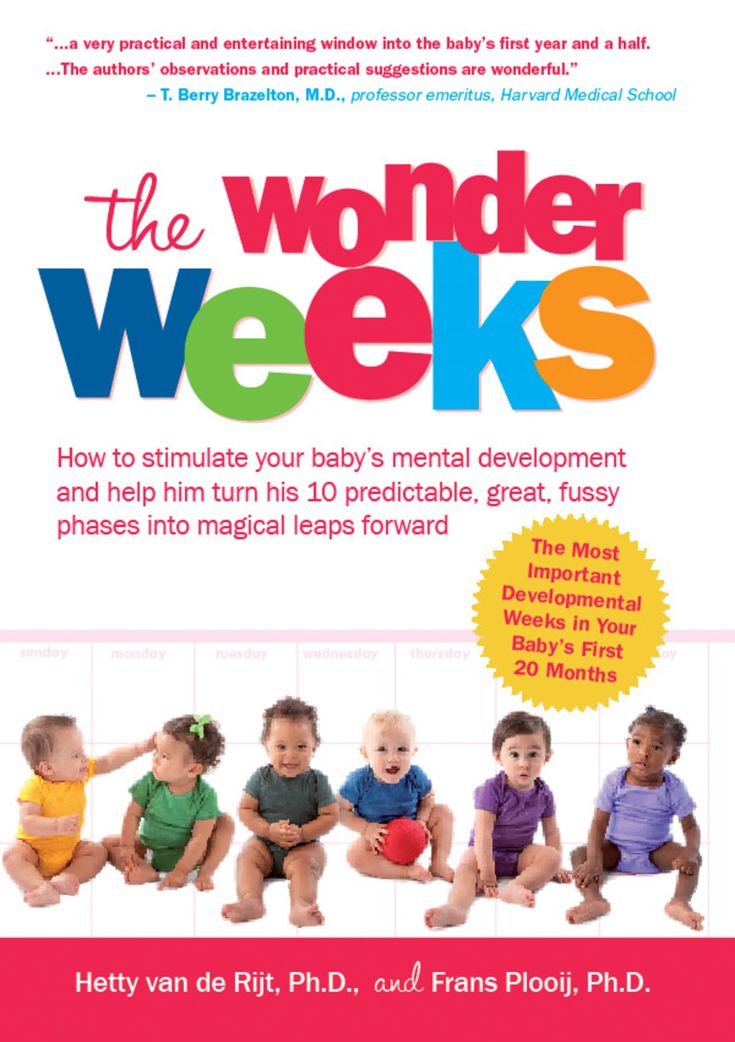 I recommend using the 5 S’s—or SNOO, which automatically responds to crying with womb-like sound and motion—to give babies the womb-like sensations they miss so much.
I recommend using the 5 S’s—or SNOO, which automatically responds to crying with womb-like sound and motion—to give babies the womb-like sensations they miss so much.
Can a baby have colic at 1-week-old?
Colic is when a healthy baby cries for more than three hours per day, but this fussy period doesn’t usually peak until around weeks 4 through 6. For a long time, experts believed that colic was tied to gastrointestinal issues, but what we’ve learned is that the fussiness often labeled as colic is really tied to 4th Trimester upsets, and the 5 S’s can go a long way to soothe these tears by turning on a baby’s calming reflex. (Learn more about colic.)
Slings for 1-Week-Old Babies
Although the desire to snuggle may come naturally to you and Baby both, getting comfortable with the right hold may take a bit more practice when your lovebug is a bit floppy. Besides good ol’ cuddles while you are alert (not dozing off!), many great baby carriers are also available for newborns.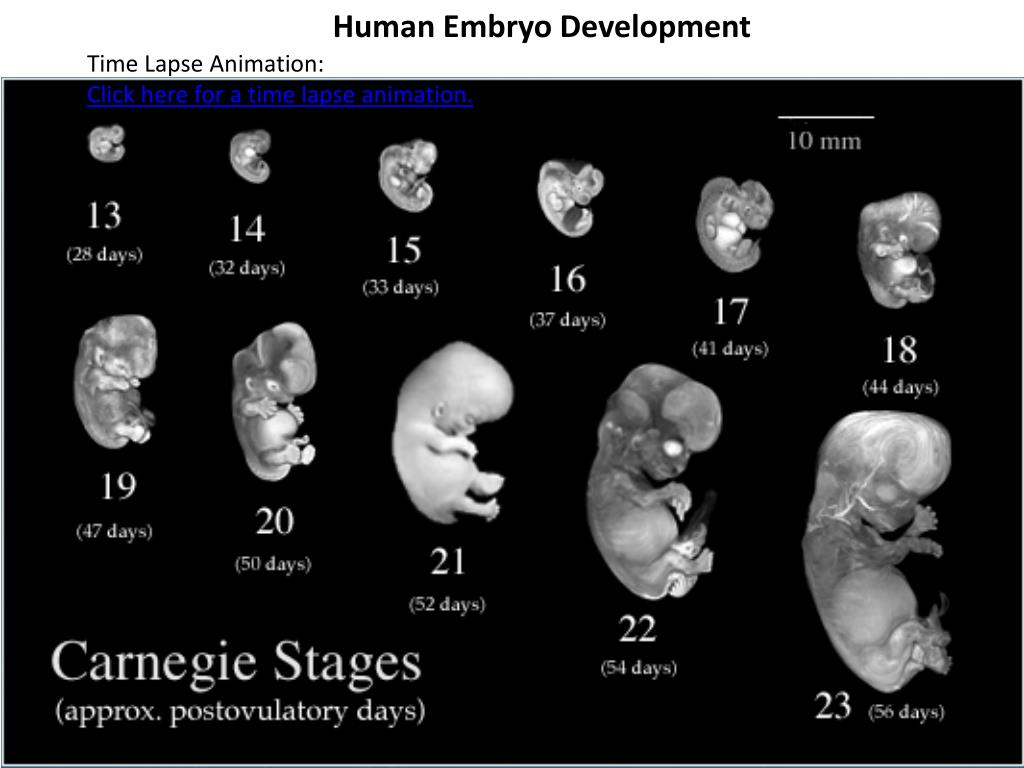
From structured carriers to woven wraps to slings, baby carriers have been tried-and-true “happiness hacks” for generations of parents. Now’s a good time to try out a few carriers and decide what’s the best match for you and your baby. Note: In a carrier, make sure to keep your baby’s head high and kissable. Babies who slump into a carrier may bend their necks too much and may develop serious troubles breathing.
1-Week-Old-Baby Sleep
In their first day or two of life, your baby might be alert for about an hour, and then they may crash for 12 to 18 hours (what can I say, being born is an exhausting ordeal!). Soon, they’ll become increasingly alert and settle into a pattern.
How much should a 1-week-old baby sleep?
Newborn babies sleep an average of 16 hours a day. I know what you’re thinking: How is it that newborns manage to both sleep so much and prevent you from getting enough shut-eye? That’s because during this first week or two, newborns can (and should!) wake up every two to three hours to eat.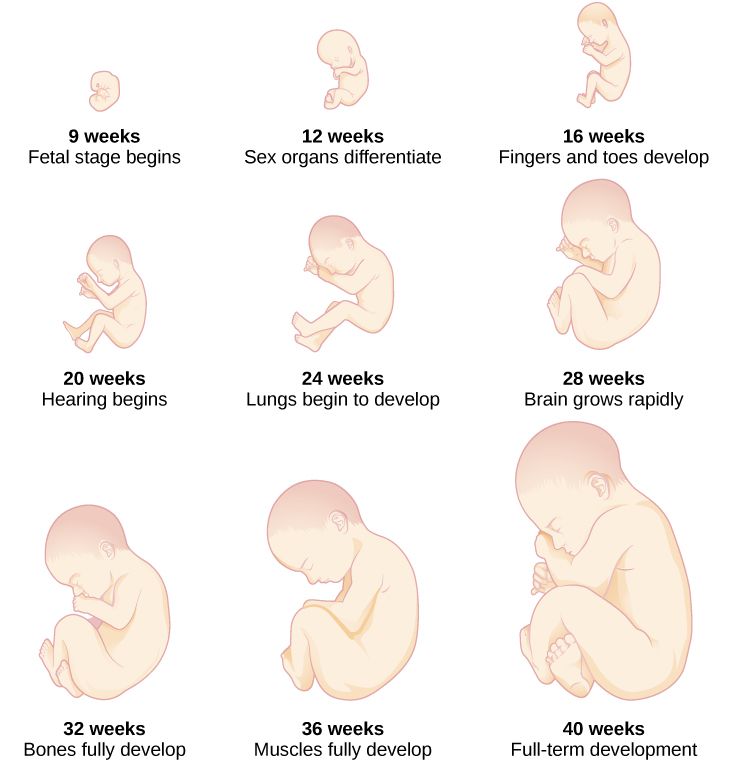 (With SNOO, we aim for full-term babies to breastfeed every one to two hours during the day and get at least one three- to four-hour stretch at night (formula-fed babies can feed every two to three hours.)
(With SNOO, we aim for full-term babies to breastfeed every one to two hours during the day and get at least one three- to four-hour stretch at night (formula-fed babies can feed every two to three hours.)
Your 1-Week-Old Baby’s Development
The lights are turning on! During the 13 to 16 hours of sleep your newborn is probably logging each day, their ability to interact with you is getting ready for showtime. Eyesight is one skill that will really come into focus (sorry!) in the coming months. For now, your baby’s vision is best when you are just 12 to 18 inches away, beyond that is probably pretty blurry. That will change quickly after 3 months as their vision improves and their eyes get more experienced at working together. Until then, don’t worry if they seem to go cross-eyed on occasion. (But speak with your doctor if their eyes are always looking crossed.)
In the meantime, here’s a simple, fun way to follow your baby’s vision progress: Bring your face 12 to 18 inches from your baby’s face and move your head very slowly from side to side.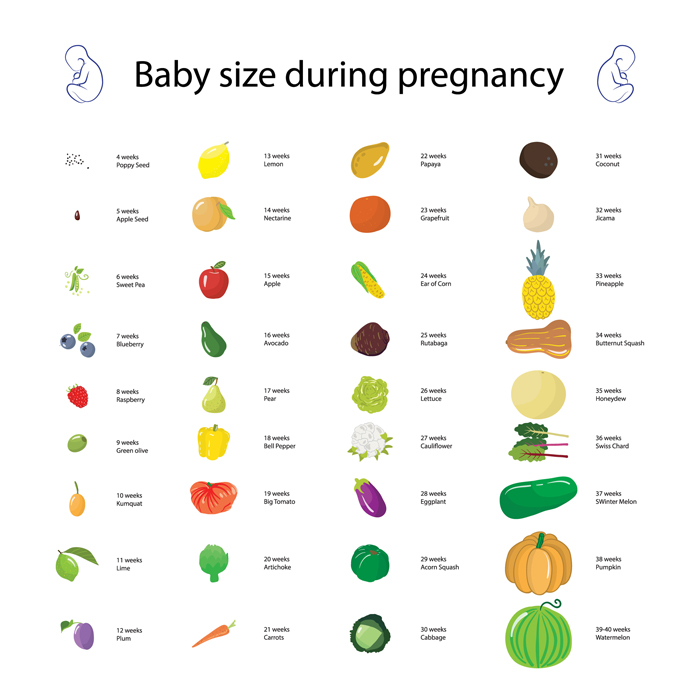 Do this when your baby is awake and alert, and you may see them intently following your face. At first, babies are not so coordinated, and their eye movements are often jerky—sort of “move-stop-move-stop.” But in just a month or two, you will be amazed to see how the motion becomes faster and very smooth.
Do this when your baby is awake and alert, and you may see them intently following your face. At first, babies are not so coordinated, and their eye movements are often jerky—sort of “move-stop-move-stop.” But in just a month or two, you will be amazed to see how the motion becomes faster and very smooth.
Feeding Your 1-Week-Old Baby
Second to sleeping, your baby’s favorite pastime is probably eating. That said, feeding can be a bit more complicated than many parents expect. Whether you are bottle-feeding, breastfeeding, or both, there’s a learning curve for both you…and your baby. So, don’t hesitate to get some help (check out these virtual resources).
How much should a 1-week-old baby eat?
Newborns typically nosh every two to three hours (which breaks down to about eight to 12 times a day). For the first couple of days your tot’s tiny tummy can only handle about an ounce of milk per feeding, but soon they’ll work their way up to 1 to 2 ounces.
Your 1-Week-Old Baby’s Health
Umbilical Cord Care
We’re all born with a weird thing sticking out from our belly buttons…a little bit of the umbilical cord.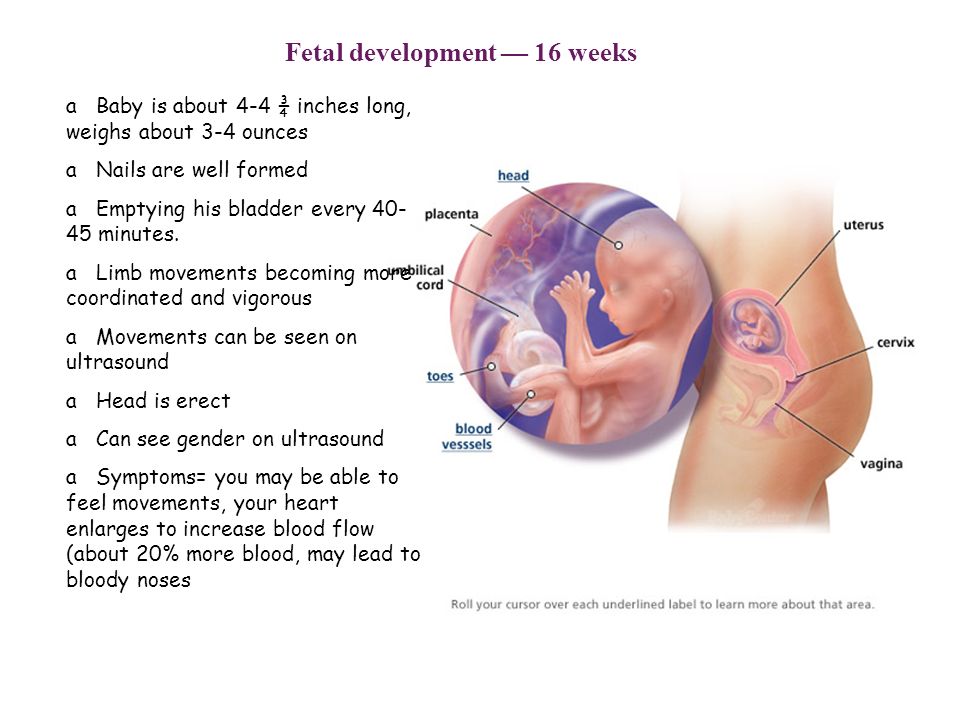 At birth, the cord is cut and clamped. Within a few days, this thick, white, not-so-cute umbilical cord stump starts to dry out. Within a week or so, it shrivels up into a little brown piece about as hard as a fingernail. For most babies, the stump falls off between week 1 and week 3. But, while it’s still there, you may wonder how to take care of it.
At birth, the cord is cut and clamped. Within a few days, this thick, white, not-so-cute umbilical cord stump starts to dry out. Within a week or so, it shrivels up into a little brown piece about as hard as a fingernail. For most babies, the stump falls off between week 1 and week 3. But, while it’s still there, you may wonder how to take care of it.
To be fair, parents have gotten mixed signals on umbilical cord stump care. The old advice was to clean the stump with rubbing alcohol. However, the American Academy of Pediatrics now recommends that most babies’ stumps should remain dry and untreated. (The exception being when a health care professional applies a preventative antimicrobial agent for babies born outside of hospital settings.)
If you have any concerns about your baby’s umbilical cord stump care, your baby’s check-up with a pediatrician on the second day or second week is a good time to ask any questions. For more urgent questions—like if there are signs of infection—contact your pediatrician for an earlier appointment.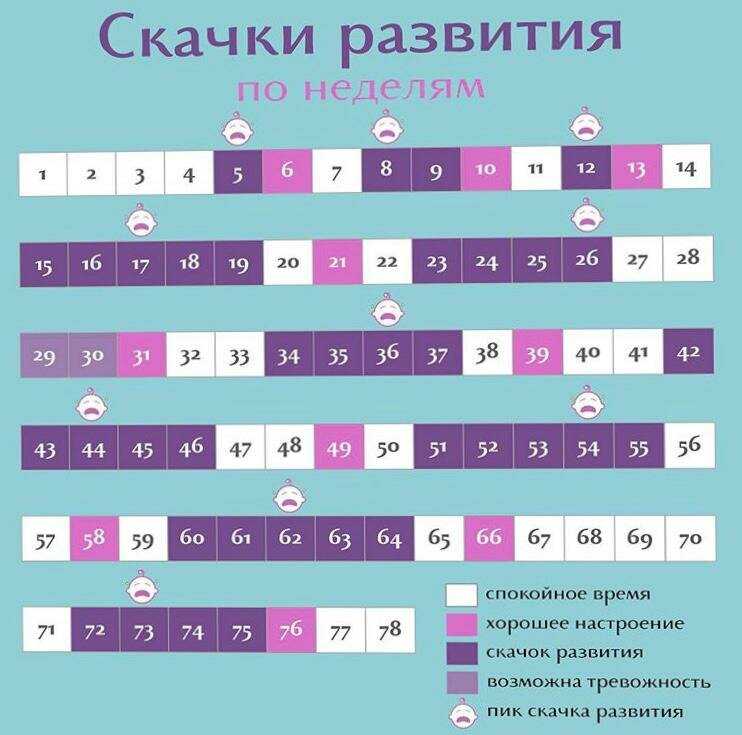 As a reminder, you should call your child’s doctor if your baby has any degree of fever before they are 3 months old.
As a reminder, you should call your child’s doctor if your baby has any degree of fever before they are 3 months old.
Like I said, umbilical cords are pretty weird, but they were also the lifeline that brought oxygen and nourishment to keep your baby alive inside the womb for 9 months! So. “Respect!”
< 40 Weeks Pregnant | Your 2-Week-Old Baby >
About Dr. Harvey Karp
Dr. Harvey Karp, one of America’s most trusted pediatricians, is the founder of Happiest Baby and the inventor of the groundbreaking SNOO Smart Sleeper. After years of treating patients in Los Angeles, Dr. Karp vaulted to global prominence with the release of the bestselling Happiest Baby on the Block and Happiest Toddler on the Block. His celebrated books and videos have since become standard pediatric practice, translated into more than 20 languages and have helped millions of parents. Dr. Karp’s landmark methods, including the 5 S’s for soothing babies, guide parents to understand and nurture their children and relieve stressful issues, like new-parent exhaustion, infant crying, and toddler tantrums.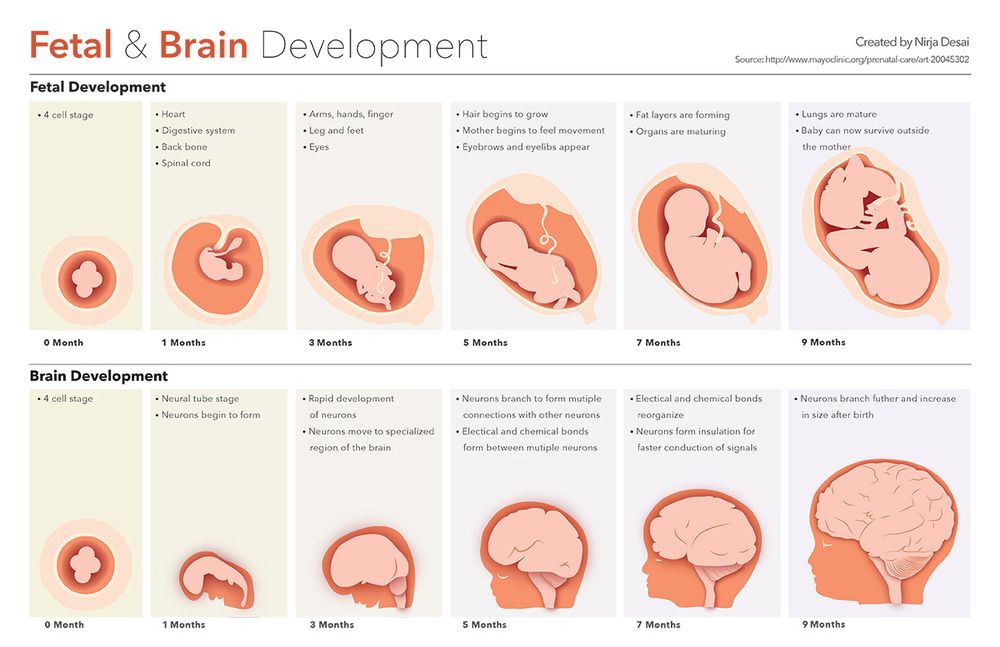
View more posts tagged, Week By Week
Have questions about a Happiest Baby product? Our consultants would be happy to help! Connect with us at [email protected].
Disclaimer: The information on our site is NOT medical advice for any specific person or condition. It is only meant as general information. If you have any medical questions and concerns about your child or yourself, please contact your health provider.
Child development calendar: first week of life
home
Parents
How to raise a child?
Child development calendar: first week of life
- Tags:
- Expert advice
- 0-1 year
- mental development
- tactile sensations
From the moment a child is born, the so-called neonatal period begins, which lasts for the first month of his life. During this period, the baby adapts to new conditions: from the warm and dark space of his mother's belly, which tightly "hugged" him in the last weeks of pregnancy, he enters a world filled with bright light, sounds, smells and different sensations.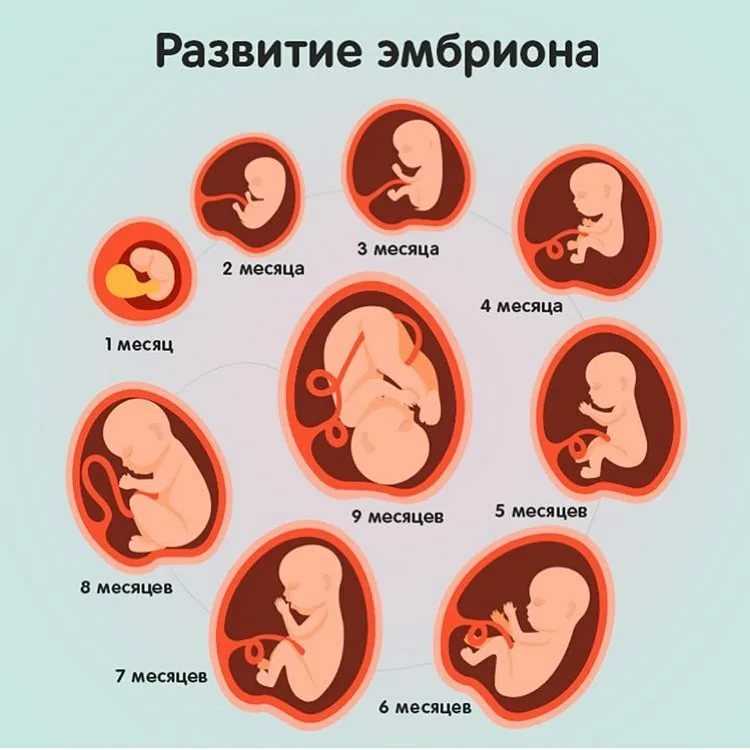 Nature gives the child about three weeks to adapt to the new conditions of life, and this is the most difficult period in his life. Therefore, when organizing care for a newborn, it is important for parents to learn to understand and satisfy the needs of the baby in order to help him successfully adapt to the world around him.
Nature gives the child about three weeks to adapt to the new conditions of life, and this is the most difficult period in his life. Therefore, when organizing care for a newborn, it is important for parents to learn to understand and satisfy the needs of the baby in order to help him successfully adapt to the world around him.
In the first episode of the program from the series “We are parents!” singer, actress and mother Anna Rudneva talks about her experience of raising a child from birth to a year.
Physiological features of the development of the child in the first week of life
Nutrition of the child in the first week of life
At first, the baby eats very often. The best food for him is breast milk, which contains all the necessary nutrients and vitamins. In addition, breast milk is an “individual product” that the mother’s body produces only for this child, taking into account his needs and state of health.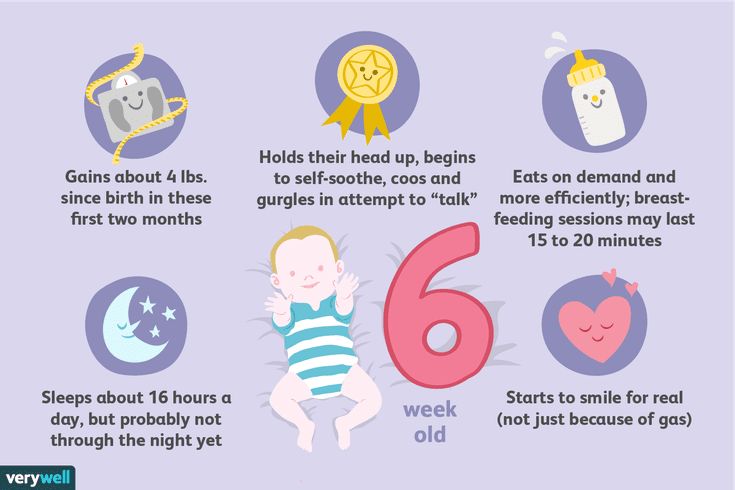 The composition of breast milk varies with the age of the baby. So, in the first two or three days after birth, he feeds on colostrum, which has a rich and valuable composition. Modern pediatricians recommend feeding a breastfed baby on demand, that is, as many times as he wants.
The composition of breast milk varies with the age of the baby. So, in the first two or three days after birth, he feeds on colostrum, which has a rich and valuable composition. Modern pediatricians recommend feeding a breastfed baby on demand, that is, as many times as he wants.
Baby's sleep in the first week of life
In the first month of life, the baby sleeps a lot - 19-20 hours a day, waking up every two to three hours to eat. The periods of wakefulness of a newborn do not depend on the time of day, and sleep is significantly different from that of an adult. Infants are characterized by the so-called superficial phase of sleep. If a sleeping baby is disturbed during this period, he can easily wake up.
Features of the skin of newborns
The skin of a newborn baby has a number of features. It is rather dry and thin, easily vulnerable and prone to irritation. On the wings of the nose and cheeks of the baby, whitish or yellowish “dots” may be noticeable - the result of the accumulation of the secretion of the sebaceous glands.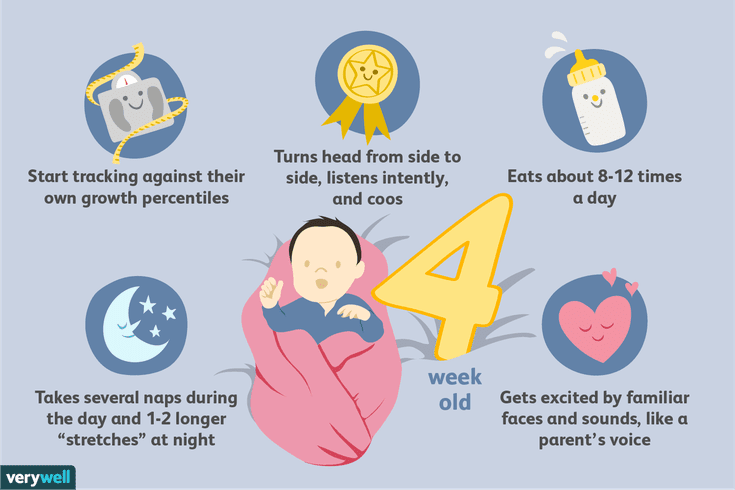 Also on the forehead, back of the head and upper eyelids of the child there may be purple-bluish spots that will disappear in a few weeks.
Also on the forehead, back of the head and upper eyelids of the child there may be purple-bluish spots that will disappear in a few weeks.
Also on the skin of healthy newborns, the so-called physiological erythema can be observed - expansion of the skin capillaries, which looks like redness. This is the result of adaptation of the skin to the environment. Normally, this phenomenon disappears within ten days and does not require treatment. However, if physiological erythema has not passed after this period, parents should show the child to the doctor.
Mental development of a newborn child
According to child psychologists, in addition to physiological needs, the main need of the baby during this period is the need to feel the presence of the mother, the warmth of her body, the beating of the heart. The presence of an adult nearby, who is able to understand his needs and eliminate troubles, gives the newborn a sense of security, forms his basic trust in the world - the feeling that the world is reliable and safe. Therefore, the most important for the full mental development of the child during the neonatal period is the physical presence of parents, mainly mothers.
Therefore, the most important for the full mental development of the child during the neonatal period is the physical presence of parents, mainly mothers.
The emotional state of the newborn and the formation of temperament
Even before birth, the child is able to respond to the mother's emotional state. All experiences of the mother, both positive and negative (including stress), are immediately transferred to the psychological state of the child. Therefore, if the mother is constantly nervous or angry, the baby can become moody and whiny.
The mother's temperament and mood also influence the formation of the child's own worldview, attitude towards others and life in general.
The first knowledge of the world a newborn takes with mother's milk.
Feelings and sensations of a newborn: crying
Mothers should know and remember that a newborn's feelings and sensations are not differentiated from emotions. The baby communicates his needs to his parents in the only way available to him - by crying. Most often, it is caused by hunger or thirst, the need for warmth, wet or dirty linen, various physical inconveniences associated with a static body position or clothing. At first, parents do not distinguish the crying of a hungry child from the crying of a child who is cold or overheated. But the newborn does not yet know what he wants. The kid feels that “something is wrong” and reports it. Therefore, he willingly accepts everything that is offered to him: breasts, a warm blanket, stroking his tummy. After some time, the baby begins to understand that he will be relieved of discomfort. And then next time he will spit out the pacifier and throw off the blanket with his legs.
Most often, it is caused by hunger or thirst, the need for warmth, wet or dirty linen, various physical inconveniences associated with a static body position or clothing. At first, parents do not distinguish the crying of a hungry child from the crying of a child who is cold or overheated. But the newborn does not yet know what he wants. The kid feels that “something is wrong” and reports it. Therefore, he willingly accepts everything that is offered to him: breasts, a warm blanket, stroking his tummy. After some time, the baby begins to understand that he will be relieved of discomfort. And then next time he will spit out the pacifier and throw off the blanket with his legs.
A newborn's need for love and care
During the newborn period, it is especially important for a child to feel the love and care of his parents, so he strives for bodily contact with his mother, calms down in her arms. Experts in the field of psychology agree that for seven to eight months a child should be held in her arms as often as possible, while carrying her around the house, naming the objects and actions of others.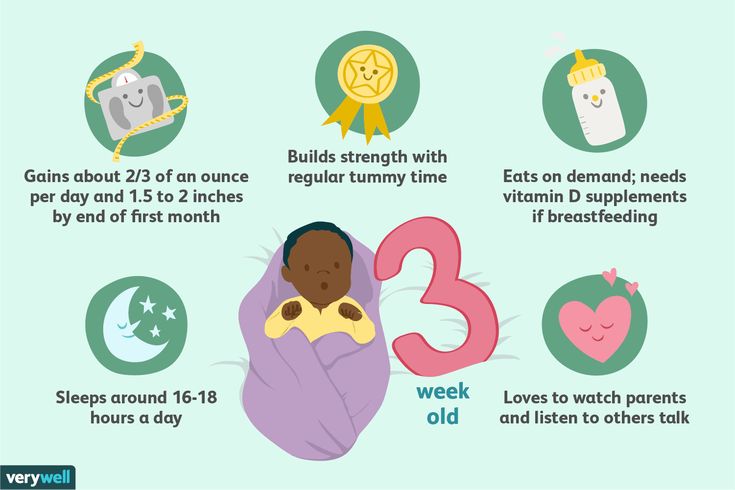 Thus, the parent recreates the work of the infant brain, specifically focusing on the right things, choosing them from the chaos of the surrounding world.
Thus, the parent recreates the work of the infant brain, specifically focusing on the right things, choosing them from the chaos of the surrounding world.
A child's ability to love is laid in early childhood, and it directly depends on the amount of love given to him by loved ones. At this stage, the distinctive features of the character of each child are born, which will then become decisive in the formation of personality. During this period, positive emotions and confidence in universal love are no less important for the child.
The amount of attention and care shown has a strong influence on the development of a newborn child, especially on the manifestation of the infant's trust or distrust in the world around him. The more often a child is approached, touched, stroked and talked to, the more comfortable he is in the new world, he feels love and care, and his fear of the environment gradually disappears. And, conversely, the less tactile communication, affectionate words and kind intonations, the more suspicious the newborn is about the environment. Over time, the feeling of distrust in people can develop into fear and other psychological problems (for example, low self-esteem). In addition, the restriction of communication between mother and child may subsequently adversely affect the development of speech, even if the principles of nutrition, hygiene and care were not violated.
Over time, the feeling of distrust in people can develop into fear and other psychological problems (for example, low self-esteem). In addition, the restriction of communication between mother and child may subsequently adversely affect the development of speech, even if the principles of nutrition, hygiene and care were not violated.
Parents can learn how to choose the right toys for children under the age of one by watching a video lesson with the participation of the president of the Association of Children's Goods Industry Enterprises, psychologist Antonina Tsitsulina.
For the sake of the child?
What are you willing to do for your child? Answer the questions of the test, compiled by the psychologists of the portal "I am a parent", and it will complement your idea of yourself as a parent, help you draw conclusions about the problems of raising children.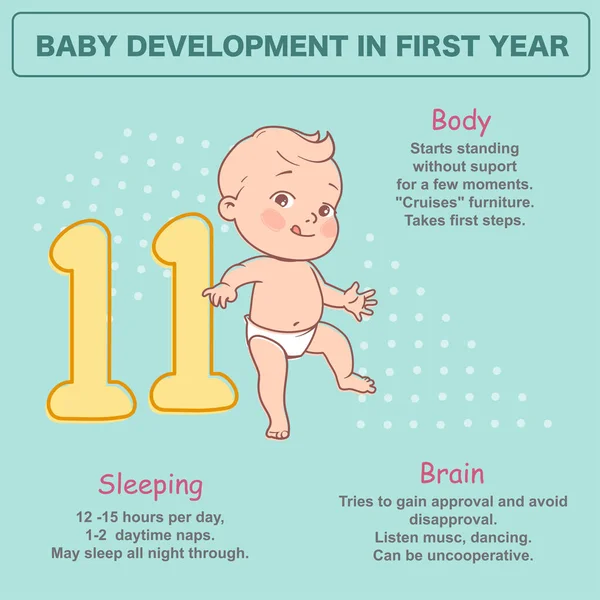
Take the test
The first month of a child's life - development, care and nutrition in the first month of a child's life
When caring for a child in the first month of life, parents have many questions and worries, which in most cases are caused by the natural features of the baby's development. Anxiety is a normal condition for mother and father, as caring for the health of the newborn becomes a priority for them. But in order to be able to notice in time the signs of problems with the health or development of a child in the first month of life, one should know which particular features of the formation of his body are normal and natural.
Baby's sense organs in the first month of life
The most important sense organs for a baby are sight and hearing. And we are talking not only about the ability of a newborn to contact the outside world through sounds and visuals. The external environment, affecting the hearing and vision of the baby, stimulates his mental and physical development.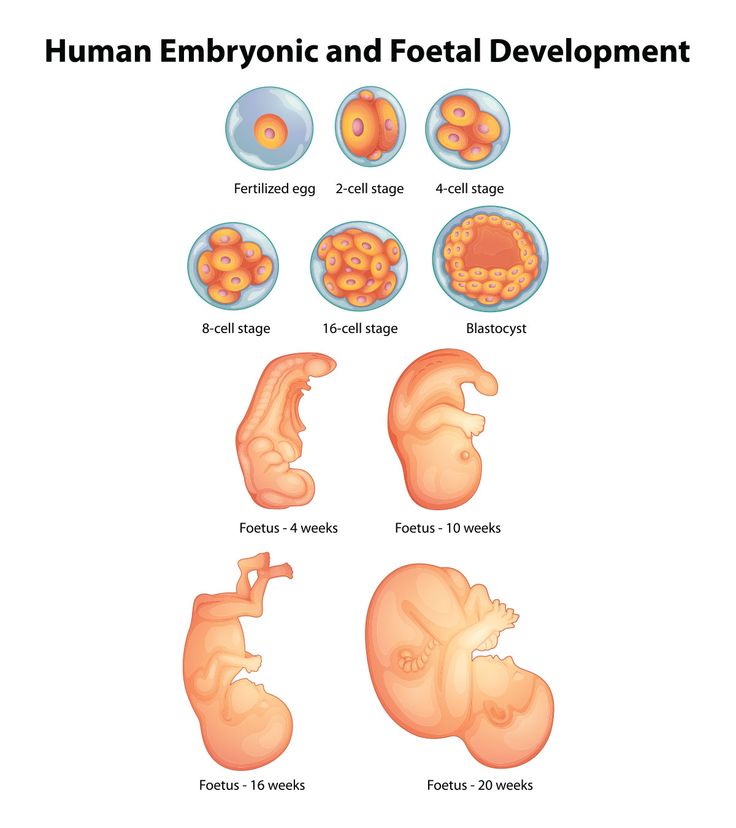 In the first month of a child's life, all the sense organs differ in more or less pronounced features.
In the first month of a child's life, all the sense organs differ in more or less pronounced features.
- Taste. Taste buds in a newborn are well developed, and he identifies the main "irritants" in the same way as an adult. For example, when sweetened water gets on the tongue, the child does not show any special reactions. And when sour apple or lemon juice is added to the water, the baby may show signs of displeasure - frown, try to push out the unpleasant-tasting liquid with his tongue.
- Smell. The ability to identify smells plays an important role in the life of a newborn, especially in the first days and weeks of life, when the rest of the senses are still undeveloped. It is thanks to the sense of smell that the child recognizes the mother, unmistakably finds the breast, refuses to feed if he feels an unpleasant odor (for example, if the mother treated the nipple with an ointment to heal cracks or an antiseptic with a medicinal smell).
- Touch.
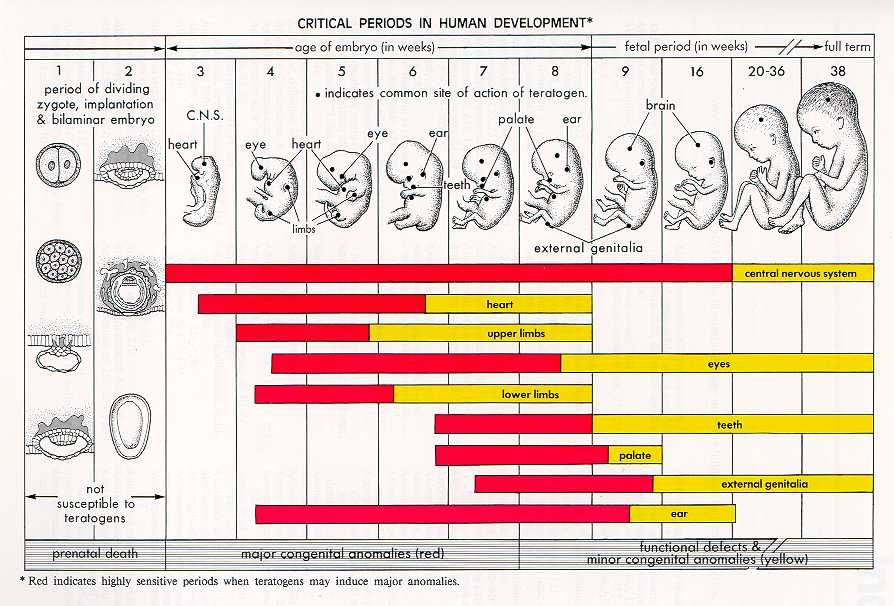 The skin of a newborn is very sensitive to the effects of mechanical and thermal stimuli, but the number of receptors is unevenly distributed. So, the child reacts more actively to touching the palms, feet, face and not so pronounced - when stroking the back and abdomen. In addition, the ambient temperature also causes certain reactions. At an uncomfortable temperature, the child shows signs of anxiety, becomes lethargic, his skin turns pale or red, etc.
The skin of a newborn is very sensitive to the effects of mechanical and thermal stimuli, but the number of receptors is unevenly distributed. So, the child reacts more actively to touching the palms, feet, face and not so pronounced - when stroking the back and abdomen. In addition, the ambient temperature also causes certain reactions. At an uncomfortable temperature, the child shows signs of anxiety, becomes lethargic, his skin turns pale or red, etc. - Vision. In the first weeks of life, the child's vision is not sharp. Although a newborn squints in bright light, and his pupils dilate and constrict depending on the intensity of the light, these are reflex reactions controlled by the nervous system. In fact, the images in the field of view of the newborn look blurry and indistinct, and the baby will be able to determine a specific object only 10–12 days after birth. But even in this case, he still does not know how to fix the object with his eyes - the baby will only be able to follow the movement of the object or the light source.
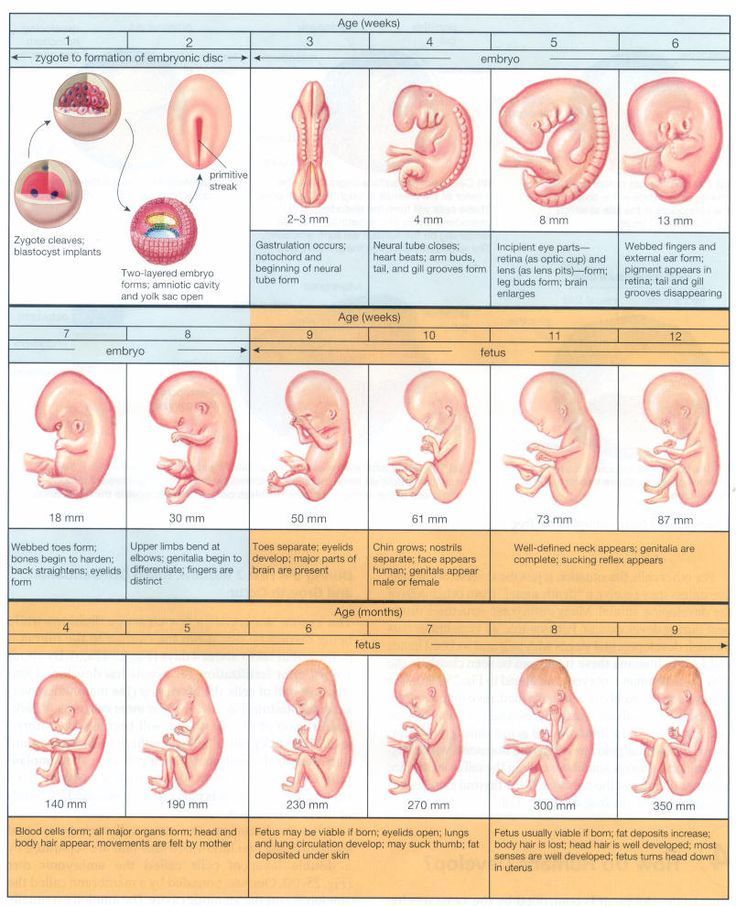 Another feature of the vision of a newborn is the mismatched movement of the eyes when they are directed in different directions. This is often a concern for parents who suspect that the child has strabismus. But such a “wandering” look is a natural phenomenon, and by the end of the first month after birth (normally after 4–8 weeks), the baby’s eye movements become consistent.
Another feature of the vision of a newborn is the mismatched movement of the eyes when they are directed in different directions. This is often a concern for parents who suspect that the child has strabismus. But such a “wandering” look is a natural phenomenon, and by the end of the first month after birth (normally after 4–8 weeks), the baby’s eye movements become consistent. - Rumor. Hearing is another common concern for parents who do not observe a pronounced reaction in a newborn baby to sounds. But the baby's hearing is already "trained" during fetal development, during which he perceived background noises and managed to get used to them. Due to this, in the first months after birth, external sounds rarely cause pronounced reactions in the baby. In addition, the auditory nerve in newborns is underdeveloped, and the child does not yet perceive the “adult” spectrum of acoustic waves: he hears higher sounds better, lower sounds worse.
Features of physical development
In the first week of a baby’s life, you should not expect any special “achievements” from him: the birth process takes a lot of effort not only from the mother, but also from the child, so sleep and nutrition are the only thing he needs most. But already from the second week, the development of the newborn becomes quite active. Every day he “grows up” and it looks something like this:
But already from the second week, the development of the newborn becomes quite active. Every day he “grows up” and it looks something like this:
- once a day, and the rest of the time he takes a dream. By the end of the first month, wake periods can be 15–30 minutes during each sleep-feeding cycle.
- The baby will learn to hold his head a little later - he will confidently raise his head together with the shoulder girdle at 3-4 months. But by the end of the first month, he makes attempts to "control the situation" - turns his face to the side in bright light or moves back if he does not want to take the breast or nipple. If a 2-3-week-old baby is laid on his stomach, then he is already trying to raise his head, reacting to the sounds of his mother's voice or stroking his cheek.
- The baby gains an average of 3-4 cm in height and about 700 g in weight during the first month. But these values are very approximate. The range of weight gain varies from 400 to 1300 g and is determined by the weight of the child at birth, the characteristics of childbirth, the quality of the mother's breast milk, the health of the baby, and many other factors.
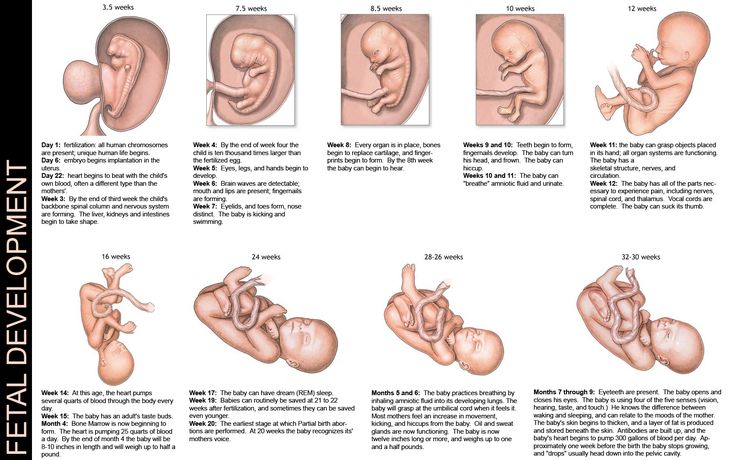
Fundamentals of hygiene in the first month of life
During the first month after birth, the baby is quite vulnerable to infections present in the environment. The mucous membranes of the respiratory tract and gastrointestinal tract of the newborn, which subsequently acquire their own microflora, remain sterile in the first days and are gradually populated with the necessary microorganisms. When the microflora is finally formed, the child will be protected from many health disorders in a natural way. But before that, special attention should be paid to caring for him.
Food hygiene. Nutrition is the most important factor for a baby during the first months of life. It is he who sets the correct pace of growth and development of the baby and allows the gastrointestinal tract to acquire its own healthy microflora. But in order to reduce the likelihood of pathogens entering the body of a newborn, some hygiene rules should be observed:
- When breastfeeding, the mother should clean the nipples and areolas with water and baby soap before feeding, then thoroughly rinse the breast with clean water and wipe it dry with a napkin.
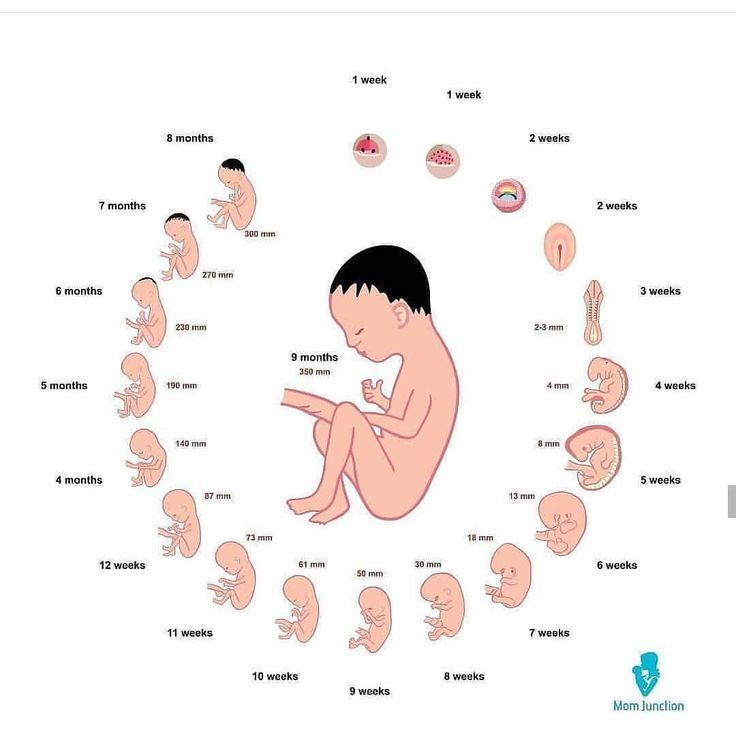
- When formula or mixed feeding, all feeding accessories must be boiled or treated with a special steam sterilizer. Dilution of the mixture to the desired consistency should be carried out only with boiled water, cooled to a temperature of 36-37 ° C.
- Since in the first weeks and months after birth, a newborn is likely to develop oral candidiasis (the so-called thrush), the pediatrician may recommend giving the baby a few drops of water after feeding. This allows you to wash off the remnants of breast milk or mixture from the oral mucosa, which are a breeding ground for the fungus.
Personal hygiene
- Baby's skin, especially in the first months of life, is very sensitive to any irritants. Therefore, for bathing a newborn, you should choose products designed specifically for caring for children's skin. Such soap, shampoo or bathing gel does not include substances that can provoke allergies, and their pH corresponds to the pH of the baby's skin.
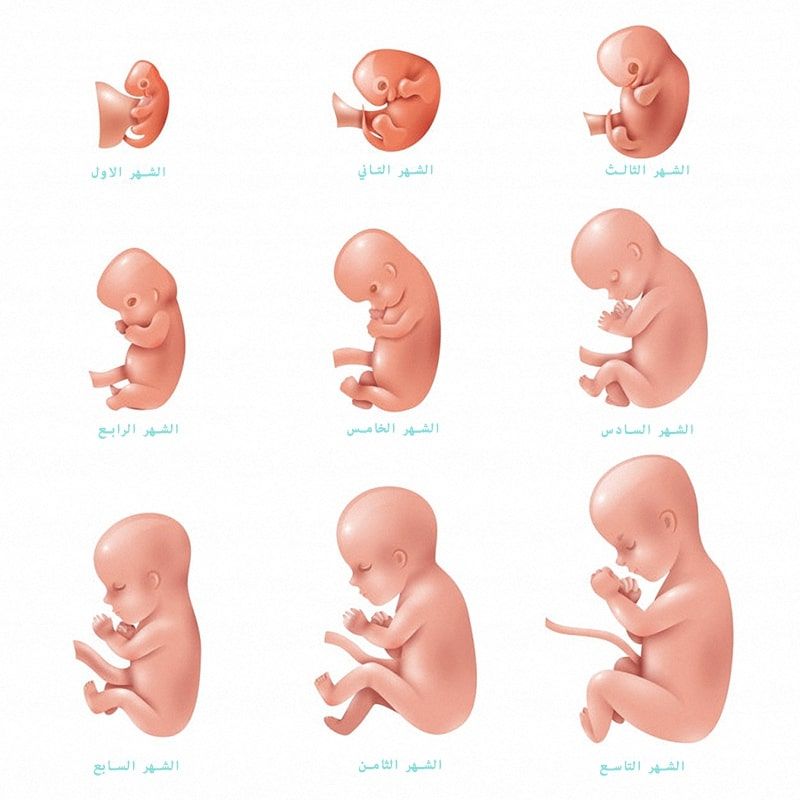
- The temperature of bathing water should be between 33-34°C in the first weeks, after which, when the child is already accustomed to water procedures, it can be gradually reduced (no more than 1°C per week), bringing to room temperature. This helps to stimulate the baby's muscle tone, improve blood circulation in the superficial vessels and, in general, harden the newborn. But lowering the temperature of the bathing water should be carried out only after consulting a pediatrician, since hardening procedures for a weakened, premature or child who has had any disease are unacceptable.
- When changing a diaper, clean the vulva and skin in the groin and gluteal folds of the child each time with special alcohol-free sanitary napkins. In the first weeks of a baby's life, the feces are mostly liquid or mushy, so after defecation, it is better to wash the child under running water, laying him face down on his forearm, or use special baths for washing. After bathing, the child's skin should be dried with a soft towel that absorbs moisture well, after which 5–10 minutes can be allocated for air baths.
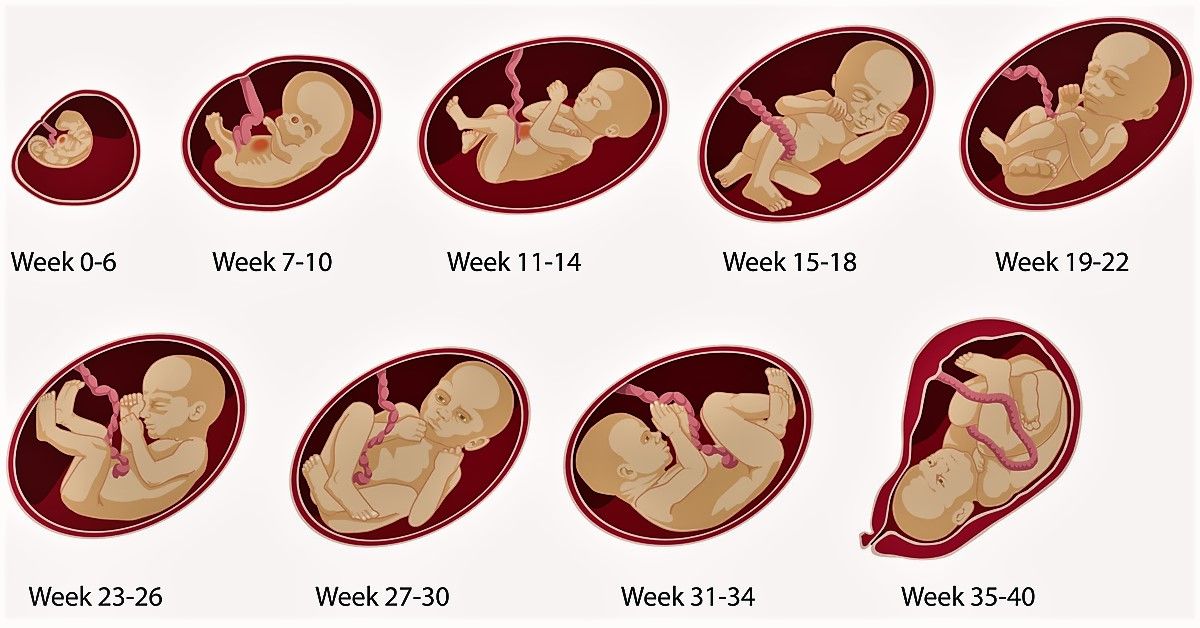
Creating the right microclimate. In the first weeks of life, the baby's thermoregulation mechanisms are not sufficiently developed - his body is still unable to fully compensate for too high or low ambient temperatures. This means that hypothermia or overheating of the child can lead to unpleasant consequences. Therefore, parents should ensure that the following conditions are observed:
- the temperature in the child's room should be maintained within 18-22 °C, while the level of humidity should be controlled - neither excessive humidity nor dryness should be allowed;
- baby clothes should be made of natural fabrics that provide optimal skin ventilation, hygroscopicity and do not accumulate static electricity;
- a newborn should not be covered with a blanket or blanket during sleep - clothing appropriate for the room temperature is sufficient;
- regularly ventilate the room in which the child is. It is best to carry out through ventilation while the baby is out for a walk.
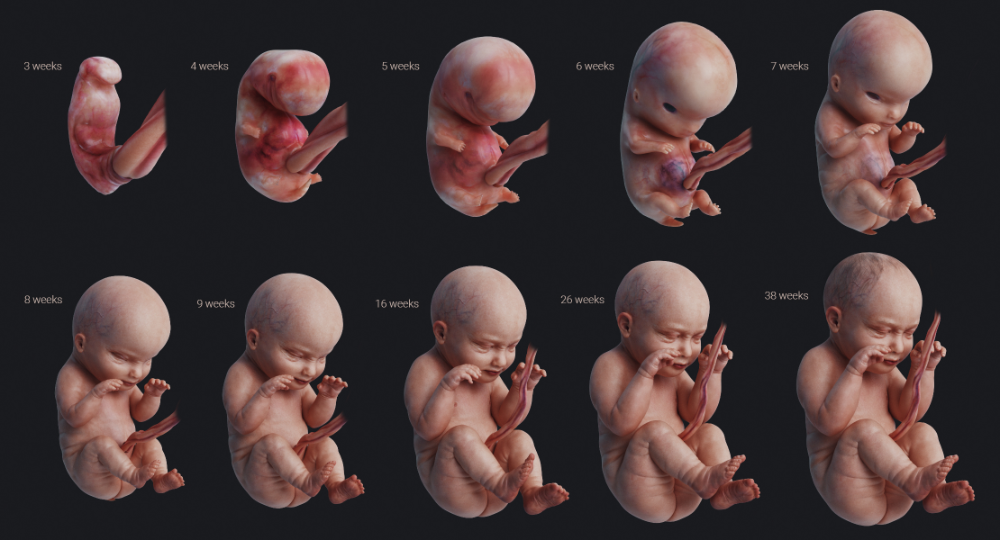 15-20 minutes before he returns to his room, you need to stop airing so that the air has time to heat up to the desired temperature.
15-20 minutes before he returns to his room, you need to stop airing so that the air has time to heat up to the desired temperature.
What to worry about
Regular visits to the local pediatrician and health visitor help parents get rid of a lot of worries and anxieties. Specialists will timely determine any violations of the child's condition, examining his reflexes, growth and weight gain, and other factors. But a doctor cannot always be around, so parents need to be able to navigate the main signs that should be a reason to contact a specialist:
- the child looks lethargic for several hours in a row, refuses to feed, his sleep is often interrupted;
- any change in skin color not associated with hypothermia or overheating;
- nasal breathing in a child is difficult, he tries to breathe through his mouth, or inhalation and exhalation are accompanied by unnatural noises - whistling, wheezing;
- hoarseness, barking cough;
- fever;
- persistent disturbance of stool (constipation, diarrhea) or changes in stool (stench, black or too light, almost white stool).



